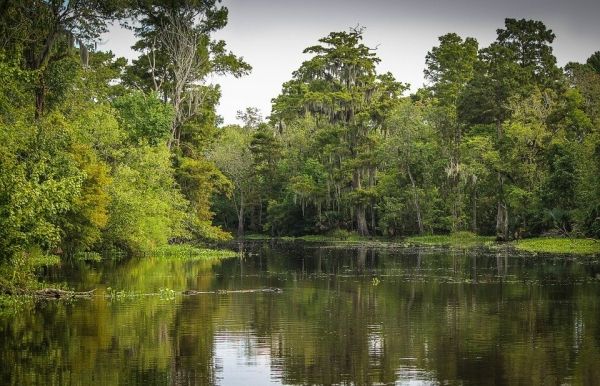Wetland methane cycling increased during a rapid global warming event 56 million years ago and could foreshadow changes the methane cycle will experience in the future, according to new research led by the University of Bristol.
Wetlands are the dominant natural source of atmospheric methane, a potent greenhouse gas which is second only to carbon dioxide in its importance to climate change. Anthropogenic climate change is expected to enhance methane emissions from wetlands, resulting in further warming. However, wetland methane feedbacks were not fully assessed in the Intergovernmental Panel on Climate Change (IPCC) Fifth Assessment Report, posing a challenge to meeting the global greenhouse gas mitigation goals set under the Paris Agreement.
To understand how wetland methane cycling may evolve and drive climate feedbacks in the future, scientists are increasingly looking to Earth’s past.
“Ice core records indicate that atmospheric methane is very sensitive to climate, but we cannot measure atmospheric methane concentrations beyond them, prior to about 1 million years ago," said Dr Gordon Inglis, lead author and Royal Society Dorothy Hodgkin Fellow at the University of Southampton.
Read more at University of Bristol
Photo Credit: JamesDeMers via Pixabay


